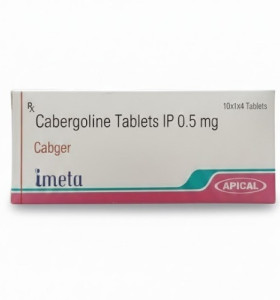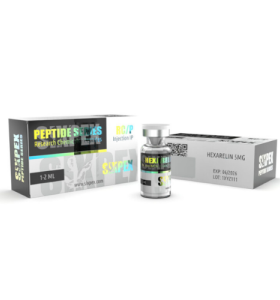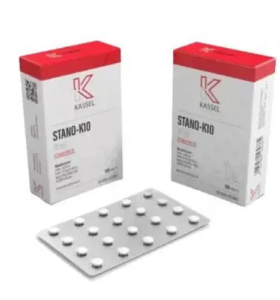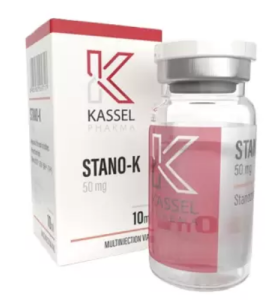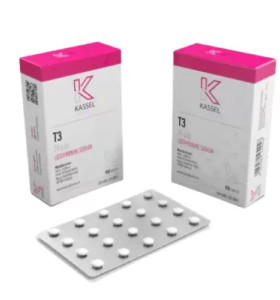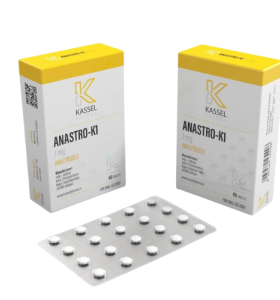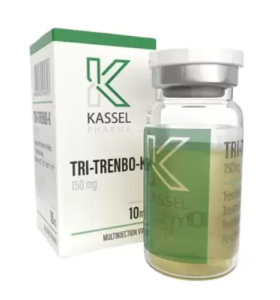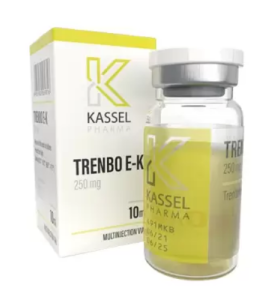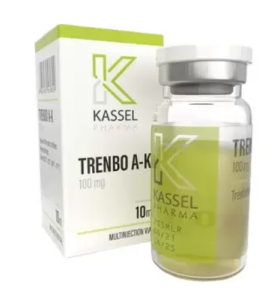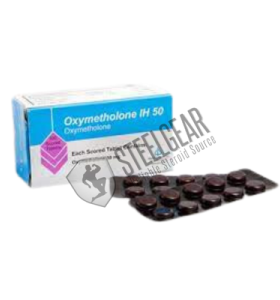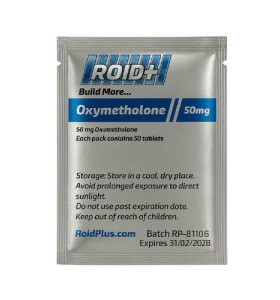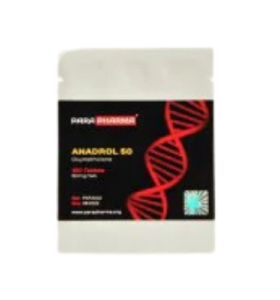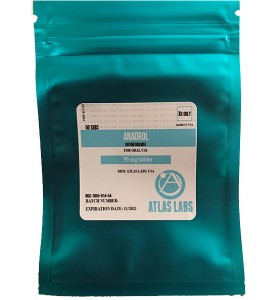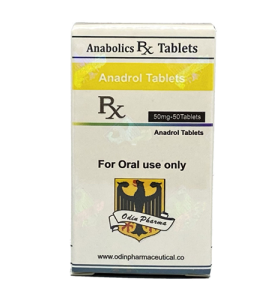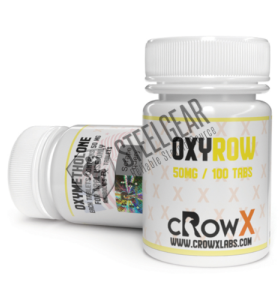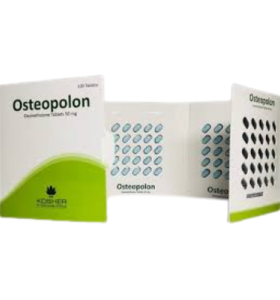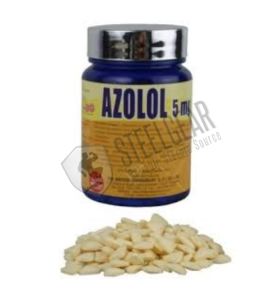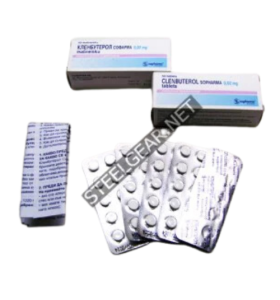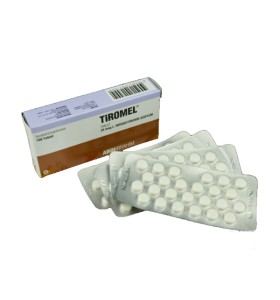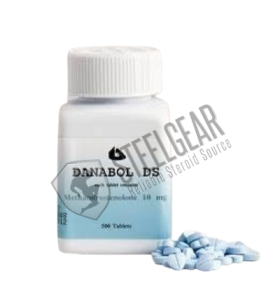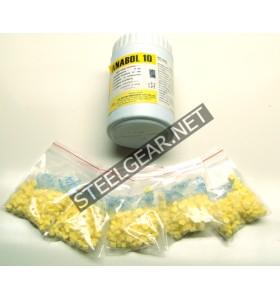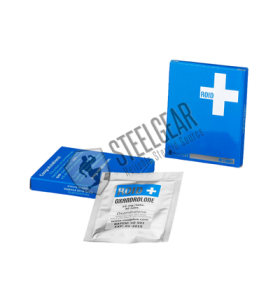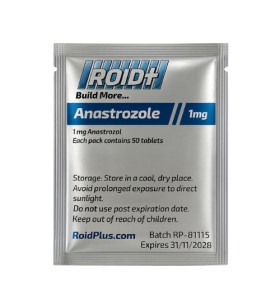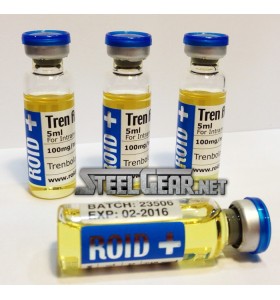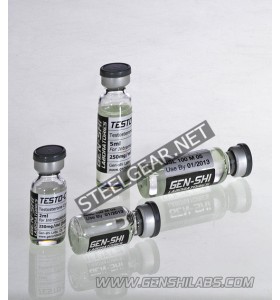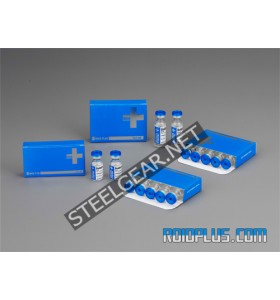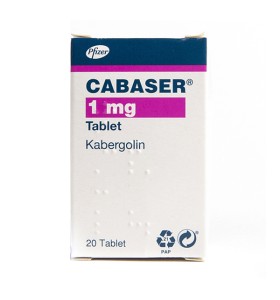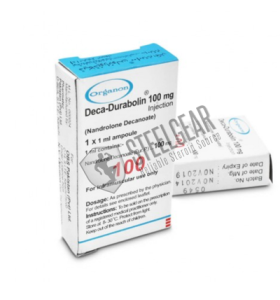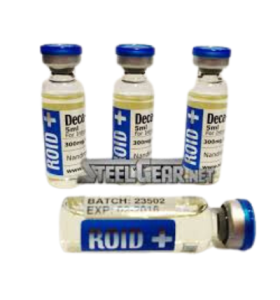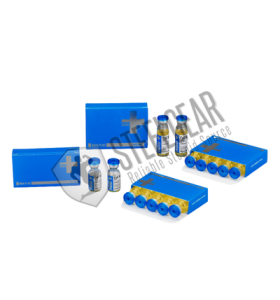Anapolon 20 Tablets 50 mg
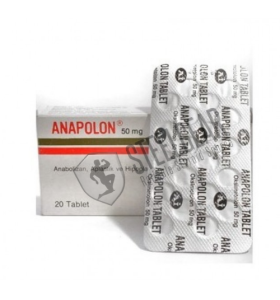
- Brand: Abdi Ibrahim
⚠️ WARNING: Potential Risks of Anabolic Steroids
Anabolic steroids can cause hormonal imbalances, liver strain, cardiovascular issues, and psychological effects, and should only be used under strict medical supervision. Unauthorized or improper use may lead to serious health complications.
If used, obtain these substances exclusively from licensed, verified medical providers to ensure safety and proper oversight.
Pharmacological properties:
Pharmacodynamic properties:
Oxymetholone contained in Anapolon Tablet is a powerful anabolic and androgenic substance. Anabolic steroids are synthetic derivatives of testosterone. Increases erythropoietin production and urinary excretion in patients with anemia due to bone marrow failure. In anemia due to insufficient red cell production, erythropoiesis often stimulates.
Pharmacokinetic properties:
Testosterone derivatives are active when administered orally. The relative androgenic / anabolic activity of testosterone is 1: 3.
Indications:
Anapolon Tablet is used in the treatment of congenital aplastic anemia, hypoplastic anemia, myelofibrosis, aplastic anemia caused by myelotoxic drugs and treatment of anemia due to erythrocyte dysfunction. However, anapolon may be used during these conditions; It does not replace transfusion, antibacterial drug treatment and corticosteroid treatment with the treatment of iron, folic acid, vitamin B12 and pyridoxine deficiency.
Contraindications:
Treatment with anabolic drugs is often contraindicated in the following cases. Therefore, in such cases, the patient's requirements and the risks that may be encountered should be taken into account in the treatment arrangement:
• Prostate and breast carcinoma in men,
Breast carcinoma in women with hypercalcemia; (anabolic androgenic steroids can stimulate osteolytic resorption of bones),
• Pregnancy (Oxymetholone may harm the fetus when given to pregnant women. Should not be given to pregnant women or who are likely to be pregnant. In case of getting pregnant while taking the drug, the harm to the baby can be explained to the patient),
• Nephrotic phase of nephritis and nephritis,
• Hypersensitivity
• Severe hepatic impairment
Warnings / Precautions:
Due to serious side effects, anabolic steroids should not be used to enhance athletes' abilities. In patients with breast cancer, androgenic drug therapy may cause hypercalcemia by stimulating osteolysis. In such cases, the drug should be discontinued.
Hepatotoxicity: Hepatotoxic effects, including jaundice, are common in normal doses. Clinical jaundice can be painless and itchy. It may also be associated with acute liver enlargement and pain in the right upper quadrant and may be mistakenly evaluated as acute duct obstruction. Drug-induced jaundice usually improves when the drug is discontinued. If treatment is continued, hepatic coma and death may occur. Due to hepatotoxicity, periodic liver function tests are recommended during oxymetholone treatment.
In patients with congenital and acquired aplastic anemia who were treated with oxymetholone and other androgens for a long time, peliosis hepatis and hepatocellular carcinoma, a rare etiology which is characterized by blood filled cysts, has been observed. In some cases, there was an improvement in hepatic lesions after discontinuation of the drug.
Virilization: Virilization may occur in women. Even in the presence of thrombocytopenia in adult women, amenorrhea is usually seen. The addition of high-dose progestational agents to the treatment of menorrhagia is not recommended.
Iron insufficiency: In some of the patients treated with oxymetholone, iron deficiency anemia developed as the reduction of serum iron and the percentage of transferrin saturation decreased.
In this case, it is recommended to periodically detect the iron and iron binding capacity of serum. If iron deficiency is detected, appropriate iron preparation should be treated.
Leukemia was observed in patients with aplastic anemia treated with oxymetholone. However, it is not clear whether the drug has a role and, if so, what it is. Because malignancy may occur in blood dyscrasias, leukemia has been reported in patients with aplastic anemia who are not treated with oxymetholone.
Care should be taken when administering such medications to patients with heart, kidney or liver disease. Occasionally, edema may increase when given with congestive heart failure. This can be controlled by appropriate diuretic and / or digital therapy.
Women with disseminated breast carcinoma may develop as a result of hormonal treatment or spontaneously hypercalcemia. The drug should be discontinued if such a condition arises while using the medication.
Anabolic steroids may increase the sensitivity to anticoagulants. The dose of anticoagulant may need to be reduced in order to keep the prothrombin time at a normal level.
Anabolic steroids have been shown to alter glucose tolerance tests. Diabetic patients should be carefully monitored, and the insulin or hypoglycemic drug dosage should be adjusted accordingly.
Anabolic steroids should be used with caution in patients with benign prostatic hypertrophy. Older male patients treated with androgenic anabolic steroids may be at higher risk of developing prostate hyperthyroidism and prostate carcinoma.
Blood lipid changes associated with atherosclerosis may occur in patients treated with androgenic anabolic steroids. Examples of these changes are the reduction of high density lipoproteins and sometimes the increase of low density lipoproteins. These changes can be significantly higher and may cause serious risks for coronary artery disease with atherosclerosis.
In children: Anabolic / androgenic steroids should be used with extreme caution in children. Anabolic agents can accelerate epiphyseal maturation in children more rapidly than linear growth, and this effect can be continued for 6 months after discontinuation of the drug. Therefore, the treatment should be monitored with the help of the radiograms taken at 6-month intervals and the child should be able to reach the adult paint.
In pregnant women: Pregnancy category is X. It should not be used in pregnant women and those who are likely to be pregnant. It is not known whether the anabolics get in human milk. As undesirable effects may occur in the baby, lactating mothers should not breastfeed their babies as long as they use the drug.
Side effects / Advers effects
The most serious side effect of anabolic steroid treatment is hepatotoxicity. A direct dose-dependent increase in the retention of BSP retention occurs in early treatment. Serum bilirubin elevation associated with elevations in serum alkaline phosphatase and transaminases (SGOT, SGPT) alone or in serum shows a further exaggerated dysfunction. Clinical jaundice may occur temporarily when the drug is released. In this case, the histological finding is intrahepatic cholestasis with little or no cell damage. If treatment is continued, hepatic coma and death may occur.
The most common side effect associated with anabolic steroid treatment is virilization. Acne occurs frequently in all age groups. The first symptoms in prepubertal male patients are phallic growth and an increase in erection frequency. Signs of hirsutism and skin pigmentation may also increase. In male patients after puberty, anabolic treatments with prolonged or high doses may result in libido changes, impotence, reduction in seminal volume, and inhibition of testicular functions with oligospermia. Gynecomastia and testicular atrophy are also side effects. Chronic priapism, hair loss, epididymitis and bladder irritability have been reported. Women; changes in voice, such as hirsutism, dullness and deepness, clitoral growth, libido changes, menstrual irregularities and male pattern baldness can be seen. Voice changes and clitoral growth usually resolve completely after discontinuation of therapy.
Other side effects associated with anabolic / androgenic treatment; muscle cramps, nausea, excitation, insomnia, rash, anticoagulant drugs in patients receiving this treatment, bleeding, epiphyses in children, vomiting and diarrhea.
It is possible to develop fertility disorder in treatment with oxymetholone.
Drug interactions:
Fasting blood glucose and glucose tolerance tests.
Thyroid function tests: PBI reduction, thyroxine binding capacity and decreased radioactive iodine uptake, increased T3 uptake by erythrocytes or resin can be detected. Free thyroxine is normal. Changes in tests may usually continue for another 2-3 weeks after stopping the anabolic treatment.
Electrolytes: Sodium, chloride, water, potassium phosphate and calcium retention can be seen. Serum cholesterol increase or decrease may occur. Reaction of coagulation factors II, V, VII and X 17, increased creatinine and creatinine excretion lasting two weeks after treatment abandonment, and decreased 17-ketosteroid excretion.
Hepatocellular neoplasms and peliozis hepatis have been rarely reported with long-term androgenic and anabolic steroid therapy.
Usage and dosage:
The recommended dose in children and adults is 1.5 mg / kg per day. Usually the effective dose is 1-2 mg / kg / day, but higher doses may be required. The dose should be adjusted according to the patient's condition.
Response to treatment is often not immediately seen, and treatment may need to be continued for three to six months. After remission, some of the patients can be maintained without medication, while the remaining patients can continue with a lower dose. Patients with congenital aplastic anemia usually require a sustained maintenance dose.
Warning!
Using anabolic steroids with or without any knowledge about the subject can do harm to your body. They even can cause death. You have to be careful about getting checked before, during and after using anabolic steroids. Our firm warns you about the all of the risks of using steroids and we do not accept any responsibility about health issues and consequences. Therefore we do not sell who are not over 20 years old.
| Motherboard | |
| Pack | 20 Tablets 50 mg |
| Subtance | Anadrol (oxymetholone) |























